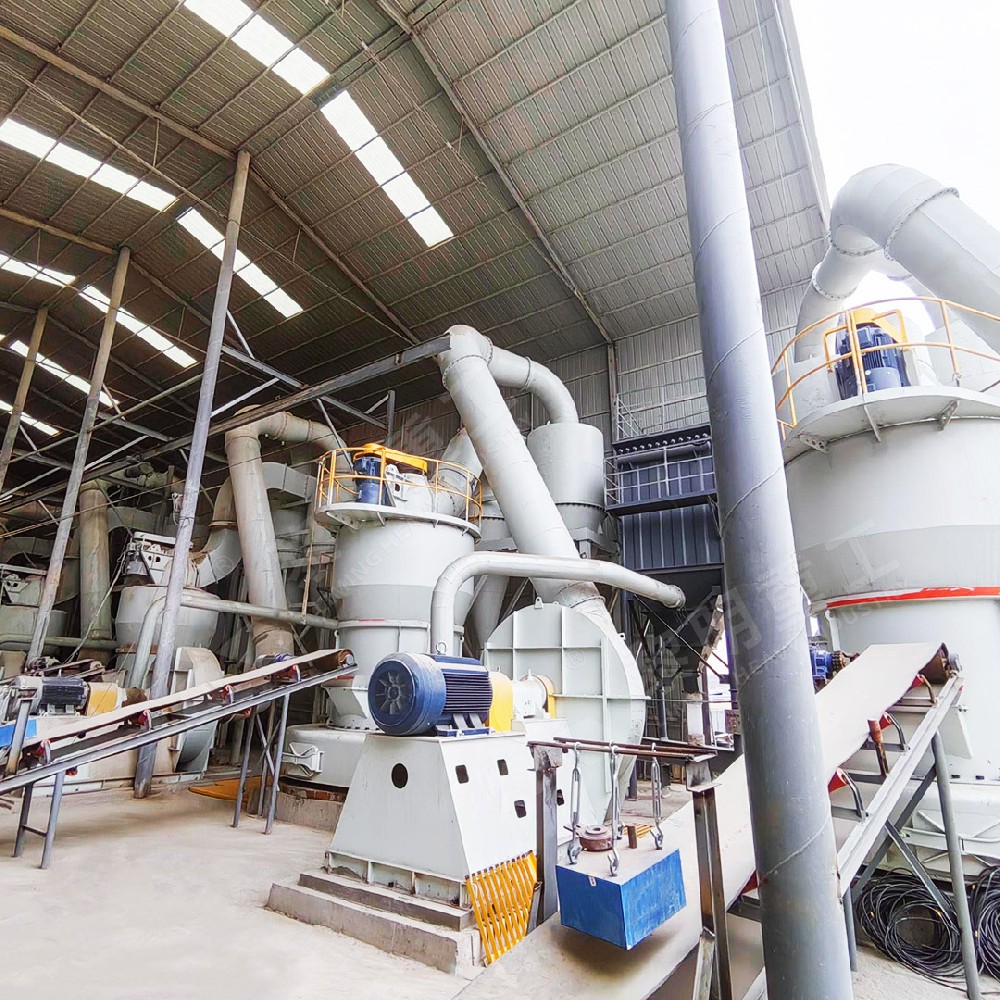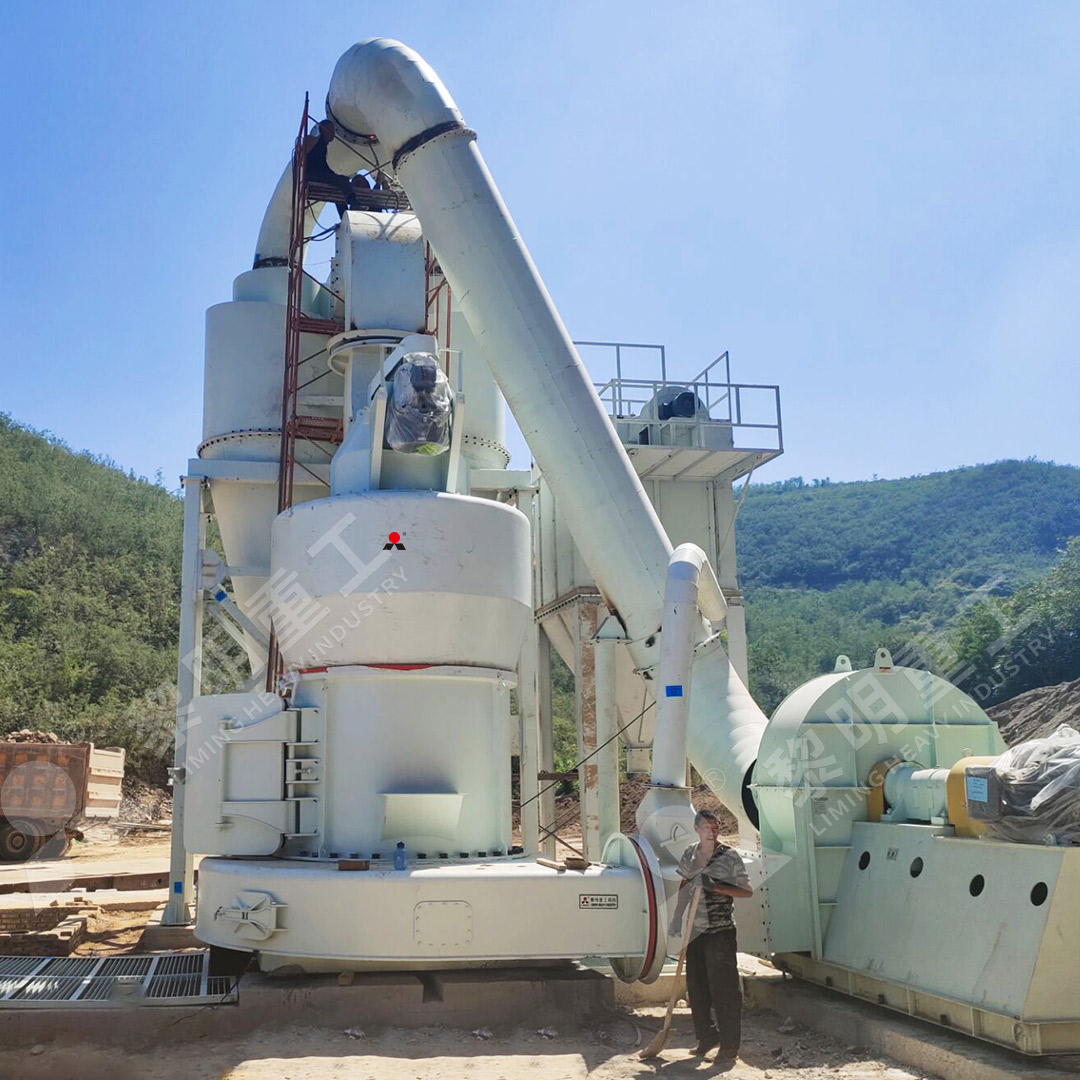The Calcium Carbonate Raymond Mill: An In-Depth Look at a Versatile Grinding Solution
Introduction
Calcium carbonate (CaCO₃), a fundamental industrial mineral, is the backbone of numerous industries, including plastics, paints, coatings, paper, and construction. Its utility, however, is heavily dependent on being processed into a fine, consistent powder of specific particle sizes. In this crucial comminution process, the Raymond Mill, specifically configured for calcium carbonate, has stood the test of time as a reliable and efficient grinding solution. This article provides a comprehensive overview of the Raymond mill's working principle, its specific advantages for processing calcium carbonate, and its operational best practices.
Working Principle of the Raymond Mill

The Raymond Mill is a vertical structure roller mill. Its core operation can be divided into two main stages: grinding and air classification.
Feeding and Grinding: Raw calcium carbonate ore (e.g., calcite, limestone, or marble), after primary crushing, is uniformly fed into the grinding chamber of the mill by an electronic vibrating feeder. Inside the chamber, grinding rollers, suspended under the action of centrifugal force, roll tightly against the grinding ring. The material is shoveled by a blade and fed between the rollers and the ring, where it is subjected to intense pressure and ground into a fine powder.
Classification and Collection: The ground powder is lifted by the air stream from the induced-draft fan into a high-density classifier located on top of the mill. The classifier's impeller, rotating at adjustable speeds, acts as a precise sieve. Only particles that meet the desired fineness can pass through; coarser particles are rejected and fall back into the grinding chamber for further milling. The fine powder that passes through the classifier is then transported by the air stream to a cyclone collector, where it is separated from the air and discharged through a rotary lock valve as the final product.
Key Advantages for Calcium Carbonate Processing
Controlled Particle Size Distribution: The integrated dynamic classifier allows for precise control over the product's top cut and fineness, typically ranging from 80 to 400 mesh, with some modern models achieving up to 600 mesh. This is critical for applications like paper coating or high-end plastics.
High Efficiency and Low Energy Consumption: The grinding mechanism based on roller pressure is more energy-efficient than impact-based mills for achieving medium-fine powders, leading to significant operational cost savings.
System Reliability and Ease of Maintenance: The design is robust, with proven longevity. Wear parts like the grinding roller and ring are often made from high-chromium or ceramic materials to resist the abrasive nature of calcium carbonate, extending service life.
Environmental Friendliness: The closed-loop pneumatic system is inherently dust-free, ensuring a clean working environment and complying with industrial environmental standards.
The Calcium Carbonate Raymond Mill remains a cornerstone of mineral processing circuits. Its blend of operational efficiency, product flexibility, and mechanical reliability makes it an indispensable asset for producing high-quality calcium carbonate powders that meet the stringent demands of modern industry.

FAQ:
1. What is the typical feed size for a Calcium Carbonate Raymond Mill?
The mill requires the feed material to be pre-crushed. A typical maximum feed size is between 20-30mm. Feeding consistently sized, smaller material ensures smoother operation and optimal grinding efficiency.
2. What is the production capacity range of these mills?
Production capacity varies significantly with the desired fineness and the model of the mill. For calcium carbonate, capacities can range from less than 1 ton per hour for very fine products (400 mesh) to over 20 tons per hour for coarser grinds (80-100 mesh).
3. How noisy is a Raymond Mill during operation?
While not silent, a well-maintained Raymond Mill operates at a reasonable noise level, typically between 80-85 decibels due to the mechanical grinding and the high-speed fan. Proper acoustic enclosures or placing the mill in a dedicated room can mitigate this.
4. Can a Raymond Mill handle moist calcium carbonate?
The standard Raymond Mill is designed for grinding materials with moisture content below 6%. Excess moisture can lead to clogging, reduced efficiency, and compromised product collection. For wet or sticky materials, a dryer may be required upstream, or alternative grinding technologies like a ball mill should be considered.





